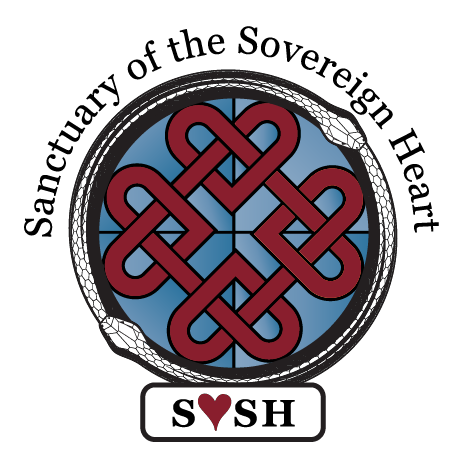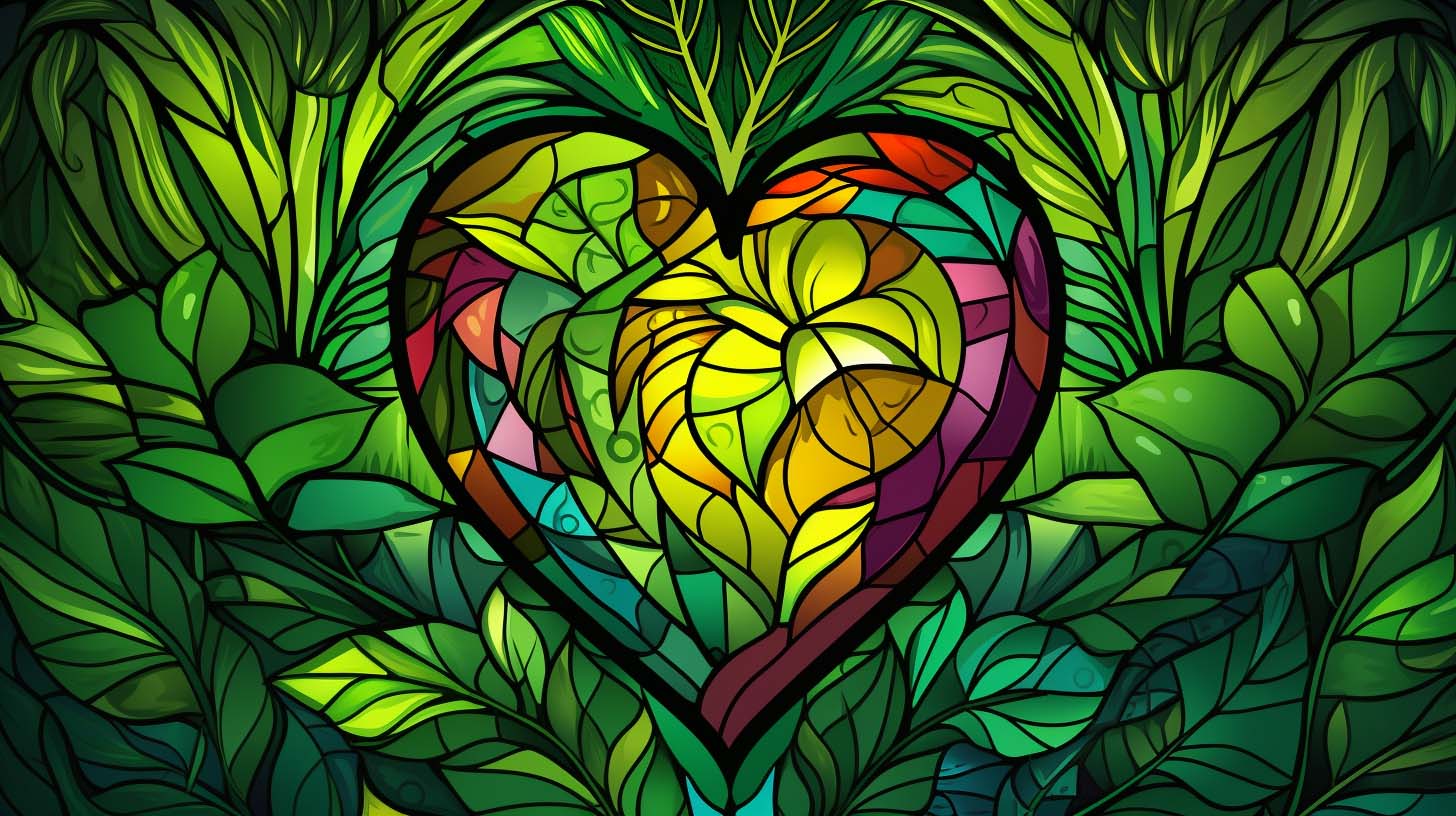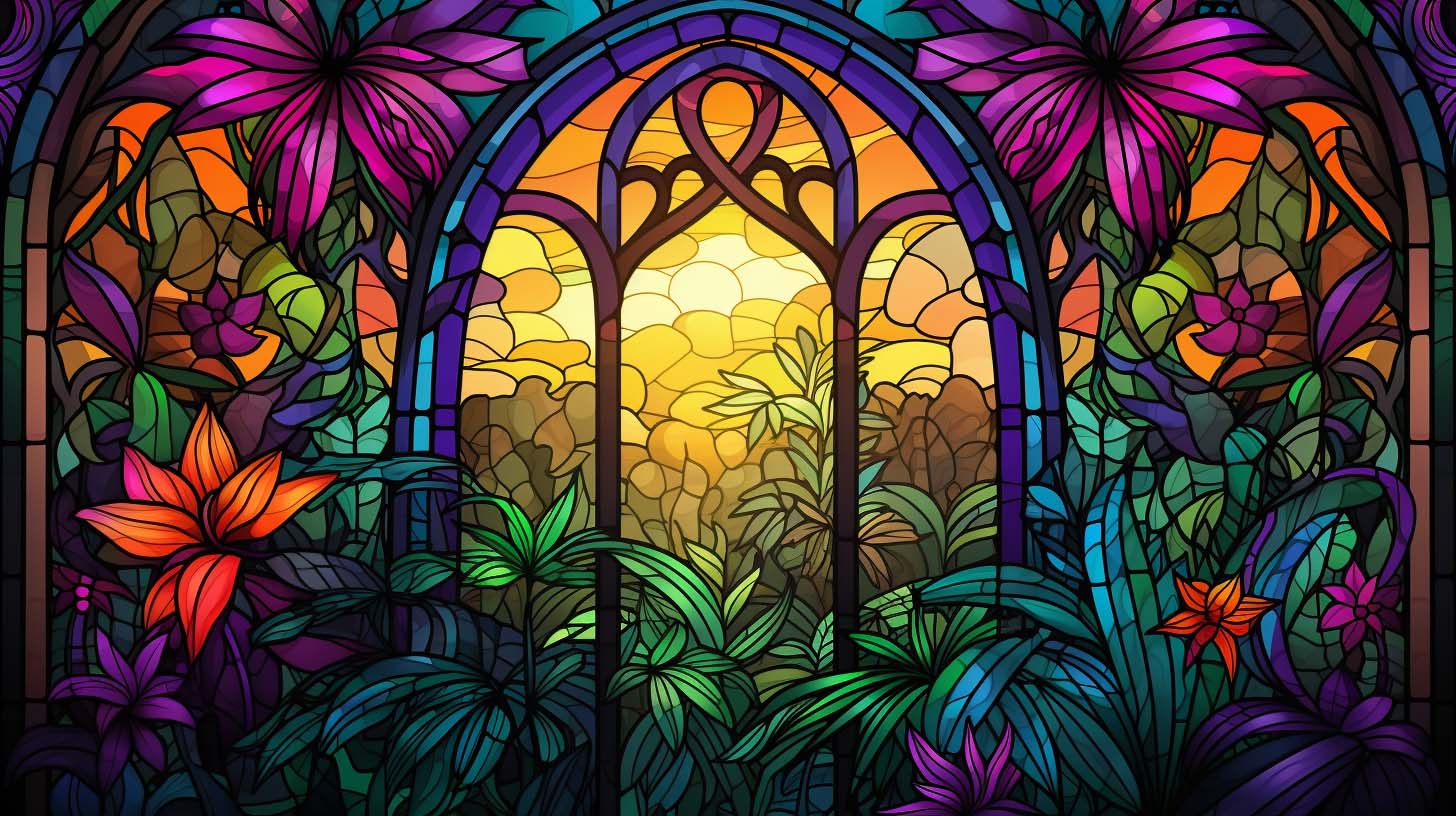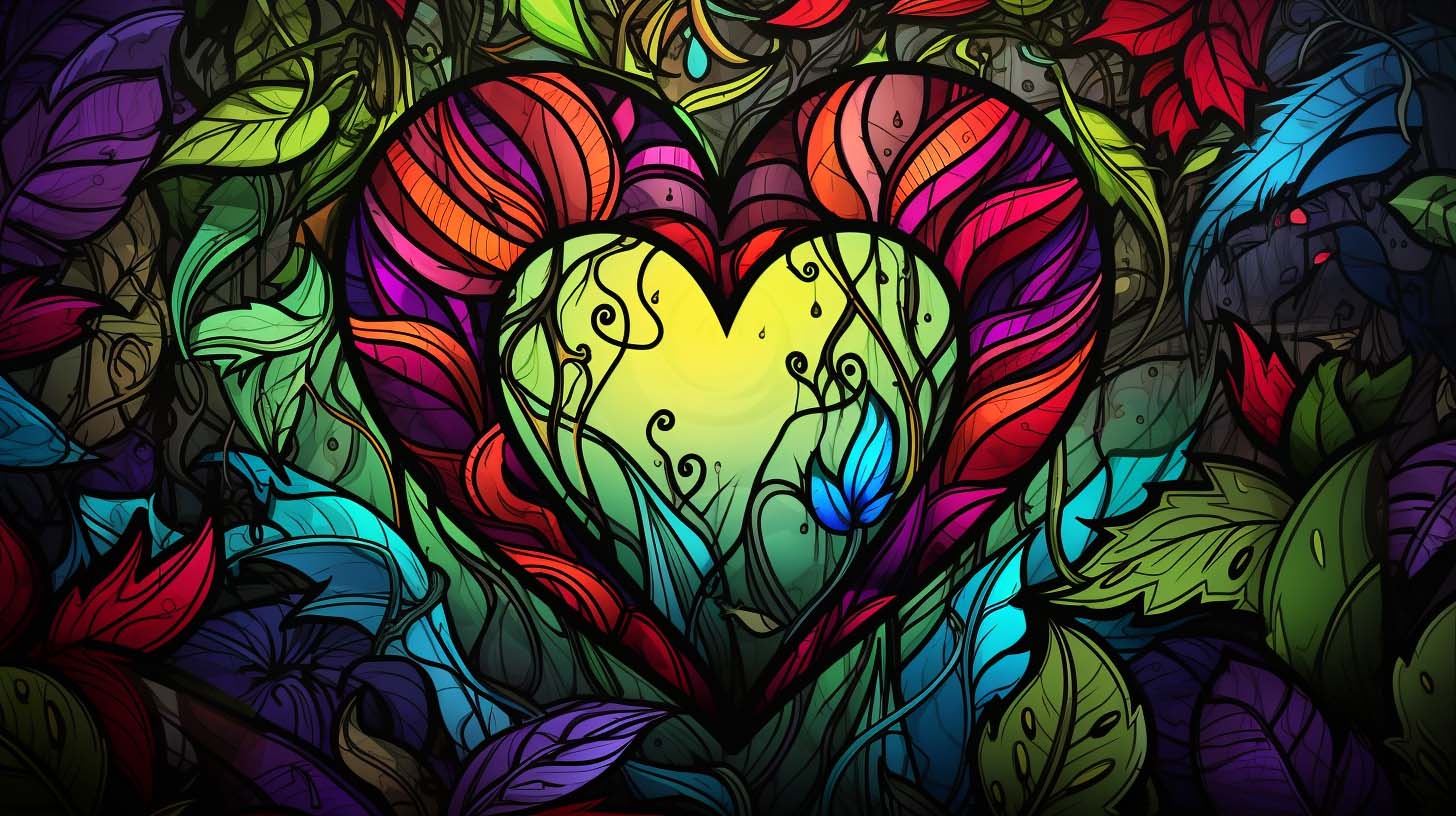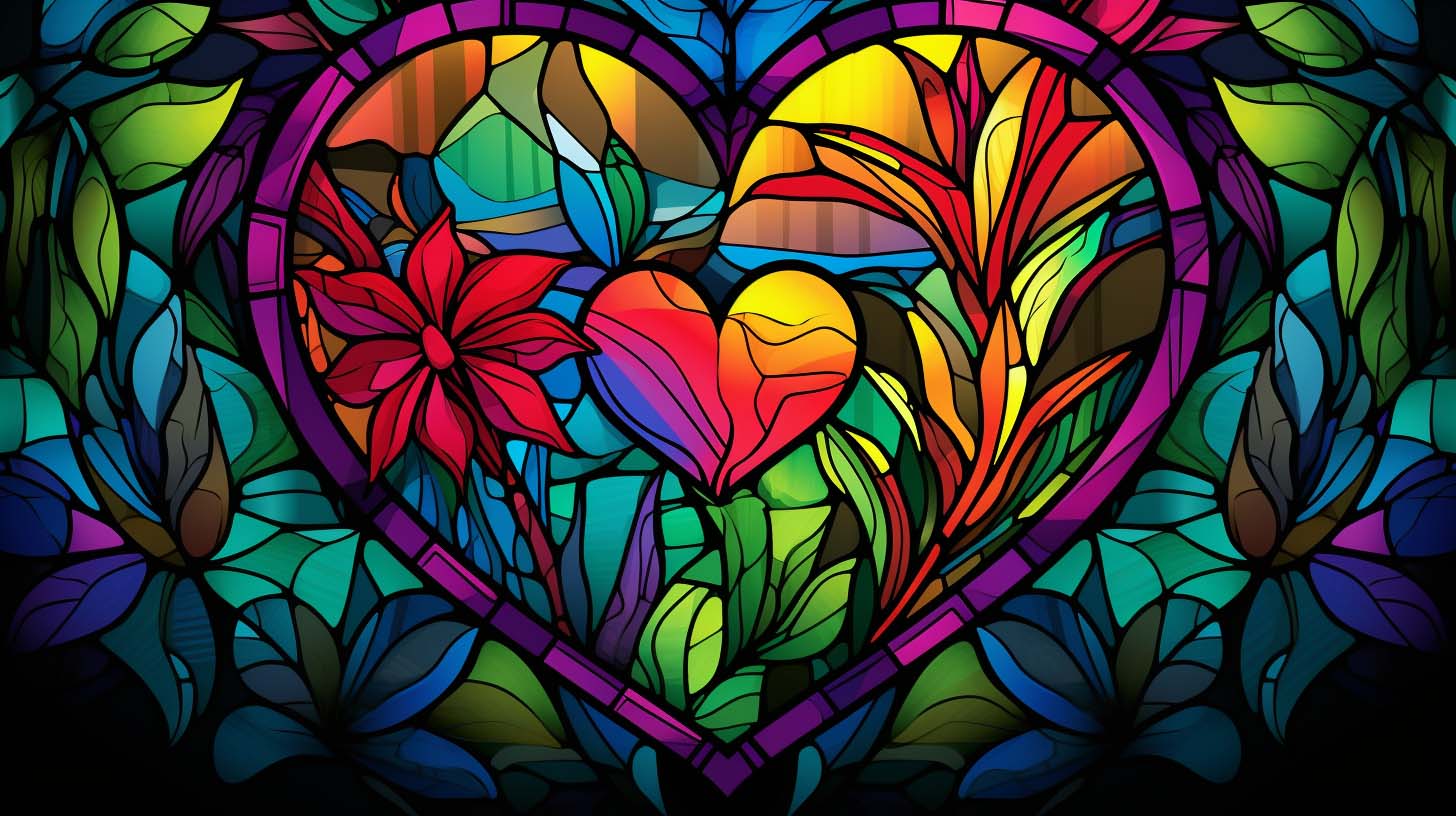
What is Ayahuasca? Experience, Benefits, and More
Table of Contents
Table of Contents
Have you ever wondered what ayahuasca is and why it’s gaining popularity?
This powerful plant medicine has been used for centuries by indigenous tribes in the Amazon rainforest. Ayahuasca, also known as “the vine of souls,” is a brew made from the banisteriopsis caapi vine and the psychotria viridis shrub. It holds profound spiritual and healing properties that have transformed people around the world.
Ayahuasca ceremonies involve drinking this sacred plant medicine tea and embarking on a transformative journey within oneself. The effects of ayahuasca can be intense, leading to deep introspection, heightened consciousness, and even visions. Many individuals seek out these experiences to explore their inner selves, heal past traumas, or gain spiritual insights.
While ayahuasca is often referred to as a psychedelic drugs or substance, it is important to recognize its significance as a medicinal plant rather than a recreational one. The Santo Daime church, for example, incorporates ayahuasca into their religious practices.
Definition and Nature of Ayahuasca
Ayahuasca is a psychoactive brew that is created by combining two plants, Banisteriopsis caapi and Psychotria viridis. This unique combination results in the production of DMT, which is a highly potent hallucinogenic compound.
When consumed, ayahuasca tea has the ability to induce visionary experiences and facilitate deep introspection. It is renowned for its profound effects on the mind and spirit.
Some key characteristics of ayahuasca include:
Psychoactive Brew: Ayahuasca is not your typical beverage; it possesses powerful psychoactive properties due to the combination of Banisteriopsis caapi and Psychotria viridis.
DMT Production: The interaction between these two plants leads to the synthesis of DMT, a substance known for its intense hallucinogenic effects.
Visionary Experiences: Ayahuasca has gained popularity for its ability to induce vivid visions and sensory perceptions that can be both awe-inspiring and transformative.
Deep Introspection: Many individuals who partake in ayahuasca ceremonies report experiencing profound self-reflection, gaining insights into their emotions, behaviors, and life purpose.
Deep Dive Into the “Ayahuasca Vine”
The Ayahuasca vine, scientifically known as Banisteriopsis caapi, is a crucial component in the preparation of the Ayahuasca brew. It is a woody vine native to the Amazon rainforest and is highly revered for its spiritual and medicinal properties.
The Ayahuasca vine is often referred to as the “vine of the soul” or “vine of the spirits” due to its central role in Ayahuasca ceremonies and shamanic practices. It contains harmala alkaloids, particularly harmine, harmaline, and tetrahydroharmine, which act as monoamine oxidase inhibitors (MAOIs). These compounds play a crucial role in the Ayahuasca experience by allowing the psychoactive component, DMT (N,N-Dimethyltryptamine), to be orally active.
In traditional Ayahuasca preparation, the Ayahuasca vine is typically combined with the leaves of a DMT-containing plant, such as Psychotria viridis or Diplopterys cabrerana. The vine is carefully processed and pounded into a fibrous material that is then combined with the DMT-containing plant material and brewed together to create the Ayahuasca drink.
The Ayahuasca vine is believed to possess its own spirit or consciousness, and it is considered a sacred plant ally by indigenous cultures. The preparation and consumption of Ayahuasca are seen as a spiritual and ceremonial act, facilitated by the presence and guidance of experienced shamans or healers.
It’s important to note that the Ayahuasca vine on its own does not induce the full visionary effects commonly associated with Ayahuasca. The vine acts as an MAOI, allowing the DMT to be absorbed and produce its psychoactive effects. The combination of the Ayahuasca vine and DMT-containing plant synergistically creates the unique and profound Ayahuasca experience.
Ayahuasca Ceremony and Shamanic Experience: Navigating the Sacred Rituals
Ayahuasca ceremonies are an integral part of the ayahuasca experience, providing a safe and supportive environment for participants to embark on their healing journey. These ceremonies are typically led by experienced shamans or facilitators who guide individuals through the profound effects of ayahuasca.
During an ayahuasca ceremony, participants gather in a ceremonial setting where they consume the sacred brew. The atmosphere is often filled with chanting, singing, and other rituals that enhance the spiritual and transformative aspects of the experience. This communal environment fosters a sense of connection and support among participants as they navigate their individual journeys with ayahuasca.
The shaman plays a crucial role in these ceremonies, acting as a guide and facilitator for participants. With their deep understanding of the plant medicine and its effects, experienced shamans provide valuable insights and assistance throughout the process. They create a safe space for exploration while offering guidance to help individuals navigate any challenges or struggles that may arise during their ayahuasca experience.
Ayahuasca ceremonies offer an opportunity for healing and cleansing on multiple levels – physical, emotional, and spiritual. Many participants report profound transformations after engaging in these rituals, gaining new perspectives on themselves and their lives. The therapeutic potential of ayahuasca has attracted people from various backgrounds seeking treatment for mental health issues or personal growth.
While ayahuasca ceremonies originated in indigenous communities in Brazil, they have now become popular worldwide. Ayahuasca retreats are available in different parts of the world, allowing individuals to immerse themselves in this ancient practice regardless of their geographical location.
Potential Benefits of Ayahuasca
Ayahuasca use, as well as many other psychoactive drugs and plant medicines, has shown potential benefits for mental health conditions such as depression, anxiety, and PTSD. Many individuals have reported significant improvements in their psychiatric symptoms after working with ayahuasca. The hallucinogenic properties of this psychoactive drug can facilitate personal growth, self-reflection, and spiritual exploration.
Working with ayahuasca has been known to provide profound insights and increased empathy. People often experience a heightened sense of creativity and find new perspectives on life. These benefits can be attributed to the effects of ayahuasca on serotonin levels in the brain.
The potential benefits of ayahuasca include:
Relief from depression: Ayahuasca has shown promising results in alleviating depressive symptoms, even in the case of treatment resistant depression, by promoting emotional healing and providing a different outlook on life.
Anxiety reduction: Individuals struggling with anxiety disorders have reported feeling calmer and more at ease after using ayahuasca.
PTSD treatment: Ayahuasca may help individuals suffering from post-traumatic stress disorder (PTSD) process traumatic experiences and reduce associated symptoms.
Spiritual exploration: Ayahuasca ceremonies are often conducted in a spiritual context, allowing participants to connect with their inner selves and explore their spirituality.
Personal growth: Working with ayahuasca can lead to personal transformation, helping individuals overcome obstacles, gain clarity, and develop a deeper understanding of themselves.
Drug and alcohol dependence: Ayahuasca has shown potential in assisting individuals in overcoming drug and alcohol dependence by promoting self-reflection, providing a new perspective on addiction, and facilitating emotional healing.
It is important to note that while ayahuasca shows potential benefits, it should always be approached with caution. It is recommended to seek guidance from experienced practitioners who can provide a safe environment for the journey.
Side Effects and Dangers of Ayahuasca
Ayahuasca can have both side effects and potential dangers. It is important to be aware of these risks before considering its use. Here are some key points to keep in mind:
Common side effects: When consuming ayahuasca, individuals may experience various physical discomforts such as nausea, vomiting, diarrhea, and dizziness. These effects are often referred to as the “purge” and are considered a normal part of the experience.
Psychological effects: Ayahuasca can induce intense emotions and lead to challenging experiences. It is crucial to approach this journey with caution and respect for the potential psychological impact it may have.
Interactions with medical conditions: Pre-existing medical conditions should be taken into account before using ayahuasca. Certain health conditions or medications could interact negatively with ayahuasca, potentially exacerbating symptoms or causing complications.
Serotonin syndrome risk: Ayahuasca contains harmala alkaloids that inhibit the enzyme responsible for breaking down serotonin in the body. Combining ayahuasca with other substances that increase serotonin levels (such as certain antidepressants) can lead to a dangerous condition known as serotonin syndrome.
It’s essential to understand that individual reactions can vary significantly. While many people report positive outcomes from their experiences, it is crucial to approach this plant medicine responsibly and under proper guidance.
Please note that this information serves as a general overview and does not replace professional advice. If you are considering using ayahuasca or have any concerns about its potential risks, consult with a qualified healthcare provider familiar with your medical history.
Long-Term Side Effects of Ayahuasca
According to a comprehensive 2012 study involving 127 individuals who regularly consumed ayahuasca for a minimum of twice a month over a span of 15 years, there is no substantiated evidence supporting negative long-term effects associated with ayahuasca use.
In fact, the study found that ayahuasca users exhibited lower rates of depression, anxiety, hostility, and other detrimental traits when compared to non-users. Furthermore, the group that consistently engaged with ayahuasca showcased superior performance in neuropsychological and psychosocial assessments. Overall, the study concluded that individuals who regularly consumed ayahuasca demonstrated enhanced overall mental well-being in comparison to the control group.
It is also noteworthy that ayahuasca does not possess addictive properties, thereby minimizing the potential for long-term side effects arising from repeated use.
Remember: Safety should always be prioritized when exploring alternative therapies like ayahuasca.
How Does Ayahuasca Work? Unveiling the Mechanisms of this Powerful Brew
Ayahuasca is renowned for its profound effects on consciousness. The active ingredient responsible for these experiences is DMT, which interacts with serotonin receptors in the brain. However, the effects of ayahuasca extend beyond serotonin binding alone.
Ayahuasca’s psychoactive effects are primarily attributed to its DMT content binding to serotonin receptors in the brain. This interaction leads to alterations in perception, mood, and cognition.
In addition to serotonin receptors, ayahuasca also affects other neurotransmitters such as dopamine and norepinephrine. This complex interplay contributes to the diverse range of experiences reported by individuals who consume this brew.
Ayahuasca is believed to induce altered states of consciousness that provide access to the subconscious mind. These altered states can lead to introspection, self-reflection, and potentially profound spiritual experiences.
The intricate mechanisms through which ayahuasca works are still being studied extensively by researchers and scientists worldwide. By unraveling these mechanisms further, we can gain a deeper understanding of how this powerful brew influences our minds and perceptions.
Understanding Ayahuasca Usage and Effects
Ayahuasca consumption can lead to a wide range of psychedelic effects, which can vary greatly depending on factors such as dosage, set (mindset) and setting (environment), and individual sensitivity. The duration of an ayahuasca experience typically lasts between 4 to 8 hours.
During an ayahuasca journey, participants may encounter a diverse array of effects that can profoundly impact their consciousness. These effects include:
Visual hallucinations: Ayahuasca often induces vivid and intense visual imagery, ranging from geometric patterns to colorful landscapes.
Emotional catharsis: Many individuals report experiencing deep emotional release and purification during an ayahuasca session. This can involve confronting past traumas or unresolved emotions.
Spiritual insights: Ayahuasca is known for its potential to facilitate profound spiritual experiences. Participants may gain insights into their purpose in life, the interconnectedness of all things, or have encounters with mystical entities.
It’s important to note that each person’s experience with ayahuasca is unique and highly subjective. While some individuals may find the effects transformative and enlightening, others might have challenging or difficult experiences.
Legal Status of Ayahuasca: Exploring its Legality and Use in the U.S.
In the United States, the legal status of ayahuasca is a complex issue that involves considerations of religious freedom. Ayahuasca, a powerful psychedelic brew derived from plants found in the Amazon rainforest, contains DMT, a Schedule I substance according to the Drug Enforcement Administration (DEA). However, certain religious groups have managed to obtain exemptions for ceremonial use under the protection of the Religious Freedom Restoration Act.
The classification of ayahuasca and other psychedelic drugs as a Schedule I substance means that it is considered to have a high potential for abuse and no accepted medical use. Consequently, its possession, distribution, and consumption are prohibited under federal law. This has led to various legal challenges and debates surrounding its use in religious ceremonies.
Under the Religious Freedom Restoration Act (RFRA), which aims to protect individuals’ exercise of religion from burdens imposed by government regulations, some religious groups have successfully argued for exemptions allowing them to use ayahuasca in their rituals. One such group is Santo Daime, a syncretic Christian church that incorporates ayahuasca as part of its sacraments.
The Santo Daime church has faced legal battles over the years but has managed to secure protections for their members’ religious practices. These exemptions allow them to import and distribute ayahuasca for ceremonial purposes without fear of prosecution. Other religious organizations have also sought similar protections under the RFRA with varying degrees of success.
It’s important to note that while these exemptions provide legal protection at the federal level, state laws regarding ayahuasca may still apply. Some states have enacted their own legislation specifically addressing ayahuasca’s legality or imposing additional restrictions on its use.
Traditional and Nontraditional Use of Ayahuasca: Exploring Cultural Practices
Indigenous tribes in the Amazon rainforest have used ayahuasca for centuries as part of their cultural practices and healing traditions. This powerful substance, derived from a combination of plants including the Banisteriopsis caapi vine, has been integral to their religious ceremonies and spiritual rituals. It is believed to provide a gateway to the spirit world, allowing individuals to gain profound insights and connect with higher beings.
Outside of indigenous contexts, ayahuasca has gained popularity among individuals seeking personal growth, spiritual exploration, or alternative therapies. In recent years, there has been a surge in research studies exploring the potential uses of ayahuasca for various purposes. Some people turn to this substance as a means of self-discovery, hoping to gain a deeper understanding of themselves and their place in the world.
Retreat centers around the world now offer facilitated ayahuasca experiences for non-indigenous participants. These centers provide a safe and controlled environment where individuals can embark on an ayahuasca journey under the guidance of experienced facilitators. Many people are drawn to these retreats as they offer an opportunity to explore the depths of their consciousness and tap into profound spiritual experiences.
Comparing Ayahuasca with DMT and Magic Mushrooms: Unraveling the Differences
Ayahuasca, DMT, and magic mushrooms are all known for their hallucinogenic properties, but they each offer unique experiences due to the different compounds they contain.
Ayahuasca vs. DMT: While DMT produces a short-lived intense trip lasting minutes, ayahuasca’s effects can last several hours. This difference in duration is attributed to inhibitors present in the Banisteriopsis caapi plant, which prolongs the activity of DMT.
Ayahuasca vs. Magic Mushrooms: Magic mushrooms contain psilocybin, a distinct hallucinogenic compound that produces effects different from those of ayahuasca. The experience with magic mushrooms may vary in intensity and duration compared to ayahuasca.
Each of these substances has its own characteristics and offers unique experiences. Exploring their differences can help individuals choose the psychedelic experience that aligns with their preferences and intentions.
By understanding how ayahuasca differs from both DMT and magic mushrooms, individuals can make informed decisions about which substance may be most suitable for their personal journey.
Remember to approach these substances with caution and respect, as they have powerful effects on perception and consciousness. It is always advisable to seek guidance from experienced practitioners or facilitators when embarking on such journeys for optimal safety and support.
Wrapping it Up – Reflecting on the Profound Insights of Ayahuasca
In summary, consuming ayahuasca offers profound insights and transformative experiences. It is a sacred ritual that has been practiced for centuries by indigenous cultures in the Amazon rainforest. The combination of plants used in ayahuasca contains psychoactive compounds that induce hallucinations and altered states of consciousness.
Through ayahuasca ceremonies led by experienced shamans, participants navigate the depths of their subconscious minds and explore spiritual realms. This ancient practice has gained popularity worldwide due to its potential benefits, such as enhanced self-awareness, emotional healing, and personal and spiritual growth.
However, it is essential to acknowledge the potential side effects associated with ayahuasca consumption. These can include intense emotions, physical discomfort, and psychological distress. Therefore, it is crucial to approach ayahuasca with caution and under the guidance of trained professionals.
Comparing ayahuasca with other substances like DMT and magic mushrooms reveals unique differences in their effects and cultural usage. Each substance offers distinct experiences and should be approached with an understanding of their individual characteristics.
Exploring the world of ayahuasca opens doors to deep introspection and spiritual growth. However, it requires careful consideration of its potential risks and legal implications. If you are curious about embarking on an ayahuasca journey, ensure you are well-informed about its effects and seek reputable sources for guidance.
FAQs
What precautions should I take before participating in an ayahuasca ceremony?
It is crucial to prepare yourself physically, mentally, and emotionally before attending an ayahuasca ceremony. This may involve abstaining from certain substances, following a specific diet, and setting intentions for your experience. It is recommended to consult with experienced practitioners or shamans who can guide you through the preparation process.
Are there any long-term effects of ayahuasca use?
While research on the long-term effects of ayahuasca is limited, anecdotal evidence suggests that individuals may experience lasting positive changes in their mindset, behavior, and overall well-being. However, it is important to approach ayahuasca with respect and moderation to minimize potential risks.
Can anyone participate in an ayahuasca ceremony?
Ayahuasca ceremonies are not suitable for everyone. Individuals with certain medical conditions or mental health disorders should exercise caution or avoid participating altogether. It is crucial to disclose any relevant medical history to the facilitators or shamans before engaging in an ayahuasca ceremony.
How do I find a reputable shaman or facilitator for an ayahuasca ceremony?
Finding a trustworthy shaman or facilitator is essential for a safe and meaningful ayahuasca experience. Seek recommendations from trusted sources within the psychedelic community, conduct thorough research on their background and training, and consider reviews or testimonials from previous participants.
What is ayahuasca tourism?
Ayahuasca tourism refers to the practice of individuals traveling to regions where Ayahuasca is traditionally used for spiritual and healing purposes to participate in Ayahuasca ceremonies. It has become increasingly popular in recent years, attracting people from around the world who are interested in experiencing the transformative effects of Ayahuasca.
Can ayahuasca be used as a recreational psychedelic drug?
Ayahuasca is not intended for recreational use. Its powerful effects require proper preparation, guidance, and respect for its cultural significance. Using it solely for recreational purposes may lead to negative experiences and potential harm.
Is it possible to have a bad trip during an ayahuasca ceremony?
Yes, it is possible to have challenging experiences during an ayahuasca ceremony. These experiences are often referred to as “difficult trips.
Sanctuary Of the Sovereign Heart
Embark on the rejuvenating journey of Plant Medicine and experience healing like never before! At the Plant Medicine Path, we believe in the power of nature to transform lives. Join a vibrant community of like-minded individuals seeking the benefits of plant medicines and their therapies. With our unwavering commitment to providing the best resources and support, you can be sure that your physical, mental, and emotional health will be in good hands.
